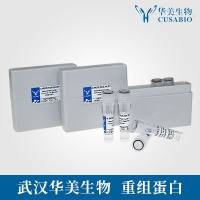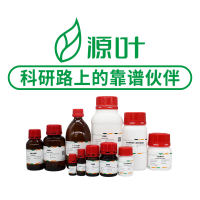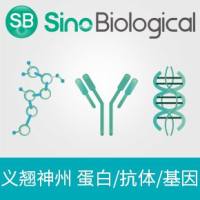In Vitro Assessment of the Fitness of Resistant M. tuberculosis Bacteria by Competition Assay
互联网
互联网
相关产品推荐

Recombinant-Oryza-sativa-subsp-japonica-Bidirectional-sugar-transporter-SWEET11SWEET11Bidirectional sugar transporter SWEET11; OsSWEET11 Alternative name(s): Disease resistant allele Xa13
¥11508

单宁酸溶液;1401-55-4;25 grams + 100 mL Waterfor Direct Count for Bacteria, Yeast, and Mold;V32785-50ml
¥205

重组人 p38 delta / MAPK13 蛋白 (Activated in vitro, GST标签)
¥3220

SARS-CoV-2 (2019-nCoV) Nucleocapsid/N Antibody Titer Assay Kit | SARS-CoV-2 (2019-nCoV) Nucleocapsid/N Antibody Titer Assay Kit
¥5000

Recombinant-Oryza-sativa-subsp-indica-Bidirectional-sugar-transporter-SWEET11SWEET11Bidirectional sugar transporter SWEET11; OsSWEET11 Alternative name(s): Disease resistant allele Xa13
¥11508
相关问答

